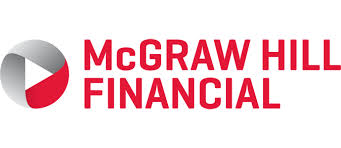
McGraw Hill Financial
McGraw Hill Financial is a leader in content and analytics for the global capital, commodities, and commercial markets. The company harnesses the power and scope of data from its businesses to create integrated solutions that meet emerging customer needs, acting as a catalyst for growth worldwide.